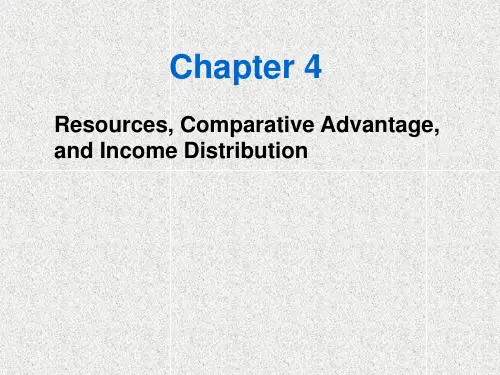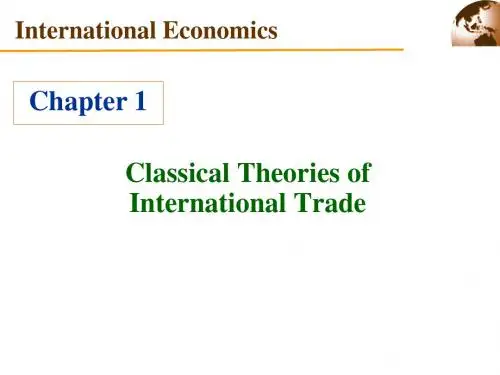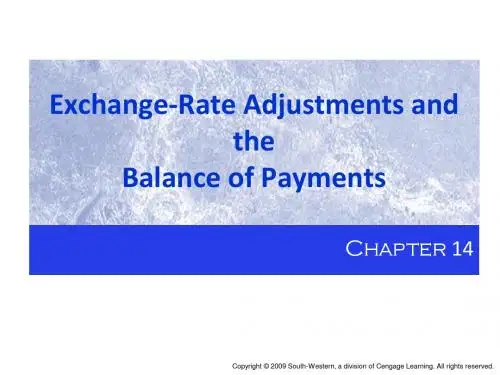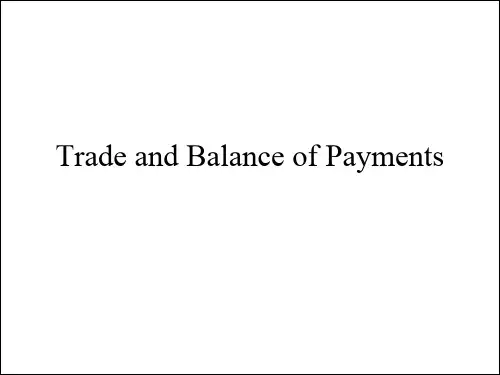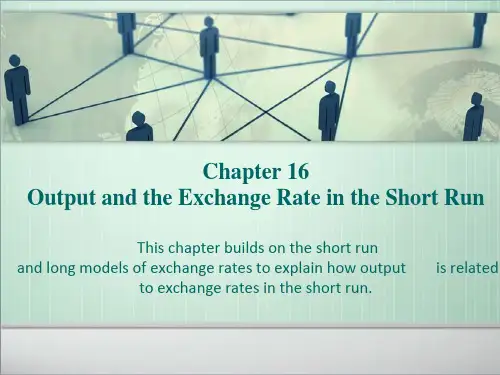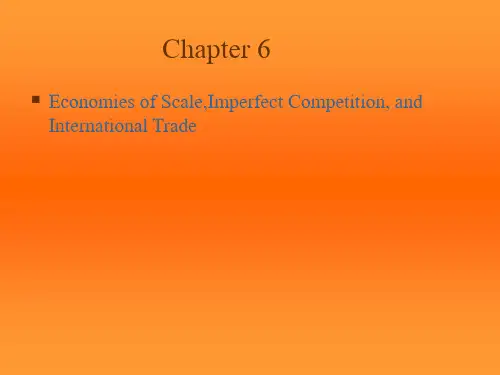D = C+I+G+CA
C=C(Yd) =C(Y-T) CA=CA(EP*/P,Yd) =CA(EP*/P, Y – T)
D= C(Y – T) + I + G + CA(EP*/P, Y – T)
more simply
D = D(EP*/P, Y – T, I, G)
Aggregate demand is a function of real exchange rate (EP*/P)
1.2 Determinants of Current Account
CA is determined by two main factors: real exchange rate: (q=EP*/P in chapter 13)
affect the current account by reflecting changes in the prices of domestic goods and services relative to foreign.
q=EP*/P
q (real exchange rate ) is domestic currency real exchange rate against foreign currency E (the nominal exchange rate) is the price of foreign currency in terms of domestic, P* is the foreign price level P is the home price level
when output market equilibrium exchange rate and output figure 16-3 illustrates:with fixed P* and P domestic currency against foreign currency↘ ( a rise in E from E1 to E2) oreign goods and services more expensive and CA↗,and aggregate demand schedule upward from D1 to D2 because D upward ,Output expands from Y1 to Y2 as firms find themselves faced with excess demand . analyze the effects of a change in P* or P on output rise in the real exchange rate EP*/P (whether due to a rise in E, a rise in P*, or a fall in P) will cause an upward shift in the aggregate demand function and an expansion of output, all else equal. fall in EP*/P, will cause a downward shift in aggregate demand function and output to contract, all else equal.


